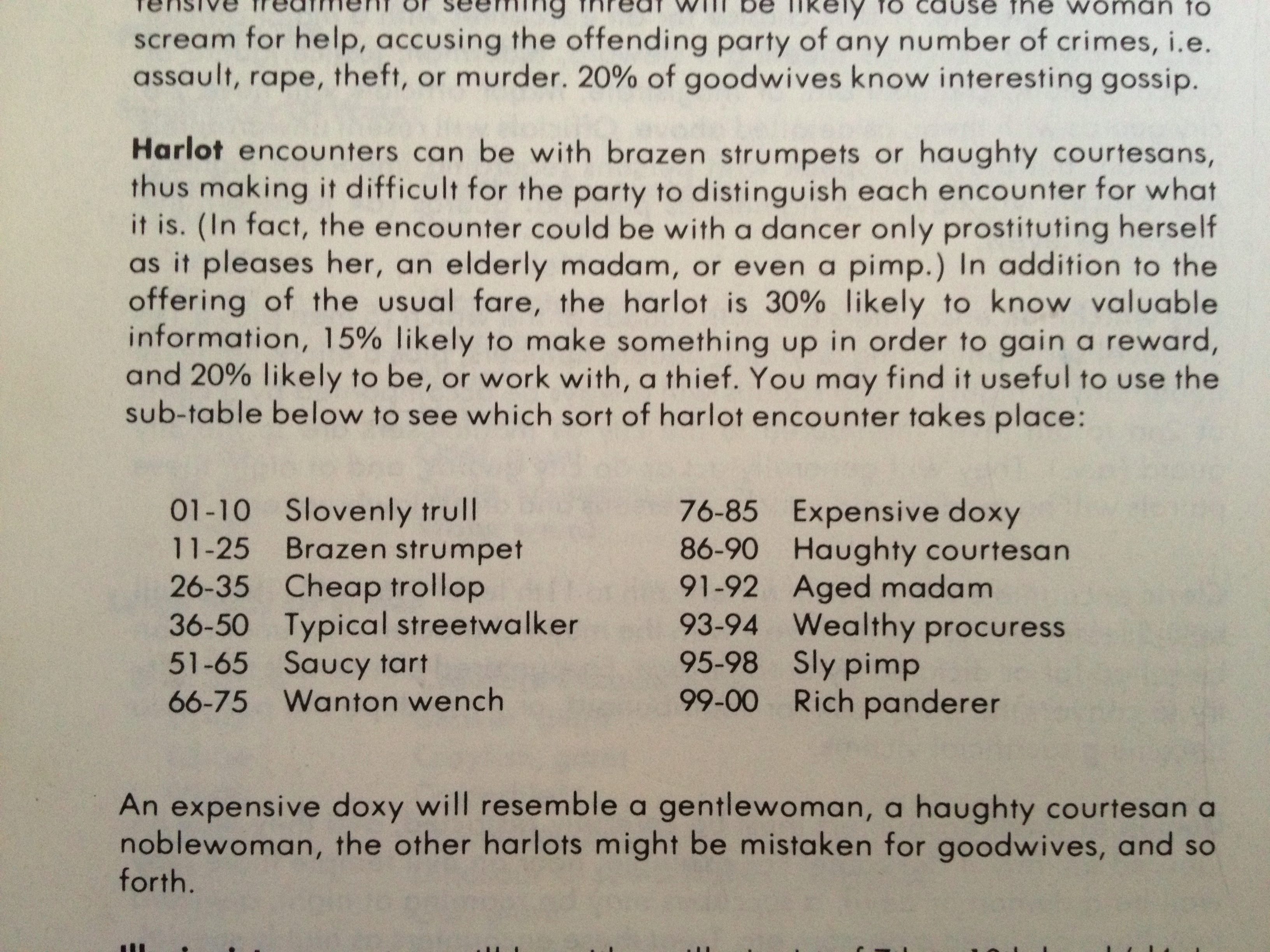
If you don’t immediately recognize the name Linden Lab, you probably recognize the name of their flagship product, Second Life, an 8-year-old community of people donning avatars of all sorts to create and explore a sometimes stunning 3d world. You wouldn’t be alone. When you go to the company’s office near San Francisco’s Ferry Building, Second Life is in large letters on the brick wall facing the street; the company’s name is underneath it in a smaller font.
But while Second Life’s user base is only somewhat diminished from its heyday, Linden Lab is making new investments, such as just-announced Project Sansar, a platform for creating virtual-reality worlds.

When I met with Ebbe Altberg, Linden’s CEO, I asked if Project Sansar was just Second Life dusted off. Second Life is a 3d shared world. It gives its residents powerful tools for creating everything from trinkets to costumes to buildings to animations. It’s not hard to imagine retooling that world to take advantage of the coming ubiquity of virtual reality.
“We do say that it’s in the spirit of [Second Life],” he says, “but that’s where we stop. We don’t think of this as a 2.0. Sansar is its own thing. Some things will be similar, some will be completely different.”
Linden’s press release compares Sansar’s goals to WordPress, and Altberg often uses YouTube as an analogy. Both are tools for creating Internet content without worrying about servers and code.
Sansar is similar. Altberg acknowledges that figuring out the customer in Second Life is hard. Is it the creator? The community member? The consumer? “With Sansar, we explicitly said, the creator is king, and the creator is the customer.”
And the creator isn’t necessarily — or even probably — a model maker. That’s not the toolset the company is working on at first, though it will come: You can download 3d models from lots of places, after all. The initial focus is letting people make experiences, and the authoring tools will reflect that need. “How many things in your home did you make,” asks Altberg. “But it still reflects your identity. We didn’t make the chairs in this room or the table,” he continues, gesturing around to encompass the reinforced brick walls, “but we are making an experience.”
“What we’re trying to do,” he says, “is democratize the ability to create virtual experiences. Right now, if you want to create a VR experience, you license Unity or Unreal, and then you hire engineers. If you want to do a single-player experience, fine. But if you want multiplayer, highly scalable, hosted, authenticated, and then if you want to figure out how to monetize, you’re in the land of engineering. We want to solve those horizontal things, so you can build an experience without all that engineering.” That, along with crafting the environments, is what Altberg plans for Sansar’s initial tools.
What happens when your Second Life city gets too many people inside? Lag. And then you’re sort of stuck. In Sansar, says Altberg, a successful multiplayer experience can automatically spawn a new instance of itself when you hit some limit: Linden’s jobs website asks for experience with Amazon Web Services, so it’s easy to see where they’re going: Scale up behind the scenes so the creator doesn’t have to think about it.
Similarly, if you make a great experience in Sansar, say a chemistry class such as Texas A&M built in Second Life, you can resell that experience to other schools, which you really can’t do today in Second Life.
Another key area Linden wants to tackle is distribution and discovery. Though I’ve not logged in to Second Life in years, it sounds like the initial experience is much the same. You download the client, you connect, and then … wander.
“With Sansar,” says Altberg, “we’re turning the concept inside out and thinking of it as a platform. We want to make sure that every experience that creators make can be directly entered into from the outside world.” While you’ll still need to download a client, imagine going to a web page that goes in-depth on a given topic — Mayan temples, say — and then says, “here’s a VR experience that gives you another view” in the same way you might see an embedded video today. There will also be ways to find other experiences once you’re inside the ecosystem. “Consumers of the experience have a relationship with the creator,” he says, “but you can discover other experiences from there.”
Giving creators that much freedom inevitably means you’ll see porn. I’ve worked with user-generated content, and the game industry even has a term for this. And Second Life itself was well known for virtual sex and pornographic griefers, the community’s term for trolls. Search for “Second Life avatars” in Google images, and you’ll see that soft porn, at least, is clearly still a focus.
“From the beginning,” says Altberg, “we’ll make sure things can be rated so that people who don’t want to see that content don’t have to. But at the same time, we don’t want to be imposing any sort of strict censorship on what people can and can not do. We want to make sure it’s healthy, that it’s legal, but otherwise not try to impose notions of right or wrong.” To me, that means virtual porn on day one, but you’ll have to seek it out.
Interestingly, Altberg wants creators to have the same filters about their users. Maybe you want to make sure that visitors have had an account for a certain amount of time. Maybe you want to make sure they have a credit card on file and are thus legitimized in some form. And, maybe, instead of letting users show up in whatever avatar they want, you can say, “this experience is an underwater experience, so you’ll be in SCUBA gear.” In Altberg’s mind, creators should have that degree of control. Obviously not all of this will ship on the first day, which Altberg pegs for some time in late 2016 — the software isn’t even demoable at this point — but it’s in the vision.
So what’s in it for Linden Labs? Altberg says that Second Life’s main revenue stream for Linden was selling plots of land, which equated to a server. In certain situations, they’d make some amount of money from players selling goods, but even then it was five percent. Sansar is more about an app economy a la Apple, Google, and Facebook. If Second Life’s revenue is based on property tax, says Altberg, Sansar’s is based on sales tax. Reduce the barrier to entry, and take a cut from the touch point with the consumer. It’s a big shift for the company, though obviously one that’s worked well for others in the industry.
Unsurprisingly, Linden intends to ship Sansar for the Oculus Rift, Facebook’s early-2016, sure-to-be-massive entry into the VR space, and Altberg says he’d love to have some sort of beta available with the headset’s launch. The company is also targeting personal computers for launch, and he says that they try and keep iOS and Android in spitting distance as they compile, but mobile isn’t a focus for launch.
I’m pro-VR, but talking with Altberg gets me even more excited about the possibilities. It’s easy to imagine VR staples such as games and virtual tourism, but Sansar expands the scope of VR to near-infinite reaches. Why shouldn’t a programmer like me telecommute into a collaborative VR space? Maybe distant siblings can skip FaceTime or Google Hangouts and hang out in a recreation of their familial home. Or maybe you can go to a virtual Muir woods and meditate in an experience that maxes out at one person.
The VR revolution really, truly seems to be starting now. Today’s clunky headset is simply the precursor to greater things. It’s an exciting change, and Sansar looks well poised to be at the forefront of it.


FYI, Second Life launched in 2003, not 2007.
Thanks for the correction: I sent a note to the editors.
Derrick when you want to hang out in your virtual house you can and have been able to do that the previous 10 years in Second Life
Linden Lab is building their own version of a HTML5 virtual world which are just webpages with 3D objects. Several such places exist or have existed already. Virtual worlds such as Cloud Party or Google Lively or the more recent Beloola. Also High Fidelity which is made by the founder of Second Life is also based on this tech.
Linden Lab hopes people will be stupid enough to pay 30 Dollars per month to have their html5 wordpress type virtual world hosted on Linden Lab their servers.
Developers have had Oculus headsets in their hands for years now. There is a website named wearvr with 1000 experiences you can download already. Until now VR is hype without much substance.
Ow yeah, Altberg is wrecking Second Life with his statements so he would better keep his mouth shut.
FYI, The name of the company that created SL is Linden Lab, not Linden Labs.
It’s also not Linden, but Linden Lab.
The actual name of the company is “Linden Research, Inc”…but nobody calls it that in-world; they usually refer to it as “LL”. LL gave up and started using “Linden Lab” as a DBA name a few years ago.
Did you know Ebbe Altberg did run a phonesex line before he got hired at Linden Lab?
How did you find out, and why does that matter?
You’re Dutch Bert that kind of stuff is perhaps normal in Holland. No wonder Linden ain’t doing so well these days.
I don’t think it is normal in The Netherlands, but normal or not, my questions remain.
What’s heppend with the Second Life Avatars when sansar coming out.